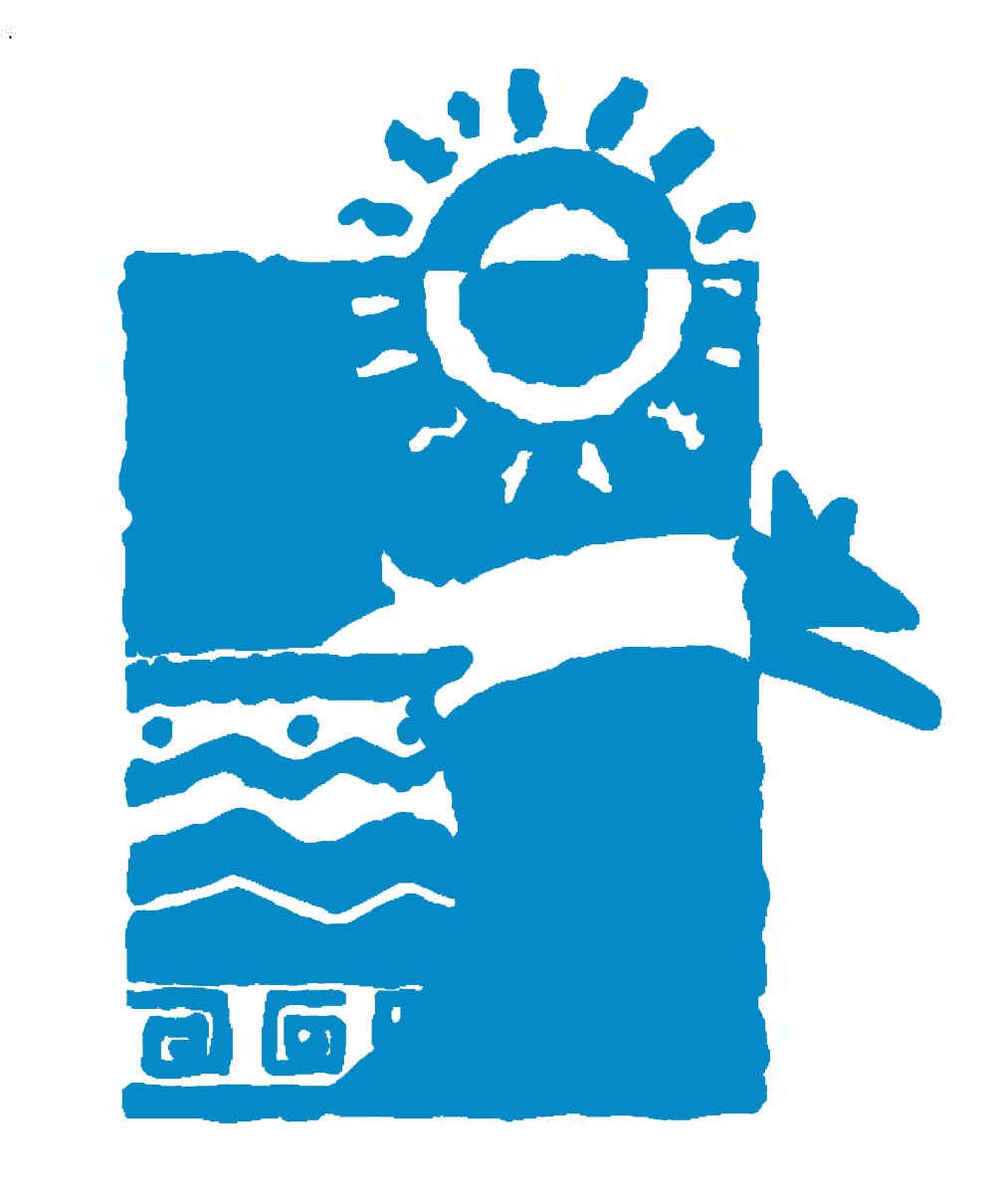The Arizona Game and Fish Department is in need of volunteers interested in assisting in the recovery of an animal once considered the most endangered mammal on the planet. An opportunity exists for people to lend a hand in the recovery of the elusive, nocturnal, and endangered black-footed ferret.
From Sept. 27-Oct. 1 Game and Fish will be conducting its annual fall spotlighting effort and needs volunteers to help document black-footed ferret numbers throughout the Aubrey Valley, just west of Seligman in northwestern Arizona.
“Volunteers play a vital role in this recovery effort,” said Jeff Pebworth, wildlife program manager at the Game and Fish Kingman office. “We don’t have the personnel available to fully staff these events and the program’s continued success depends on people remaining involved.”
Twice thought to be extinct, a small population of black-footed ferrets was discovered in 1981. A mere 18 were left when captive breeding efforts began in 1985. In 1996, Arizona’s Aubrey Valley was selected as a reintroduction site.
In just the last 10 years, black-footed ferrets in Aubrey Valley have reached a population high enough to be considered self-sustaining, meaning no captive-bred ferrets are needed to maintain a population. The ferret reintroduction crew documented a record of 116 individual ferrets in 2011 and 52 during the 2012 spring effort.
The reintroduction of these specialist carnivores in Arizona was possible because of the state’s Heritage Fund which, when matched with federal dollars, accounts for the project’s funding. This, along with the dedication of volunteers, has made Arizona’s reintroduction effort a model for other sites to emulate.
Pebworth admitted that without the voter-approved initiative, which provides money through the Arizona Lottery, this effort would not have been possible. “We’re proud of what we’ve accomplished in Arizona,” Pebworth said. “We’re restoring an animal that was absent from the state for about 65 years. It’s gratifying to know we’ve reached a point with this reintroduction where the population has continued to improve.”
Volunteers earn the right to brag about their participation, aiding in the recovery of an animal few have ever seen. They can also witness the processing of the animals, which allow researchers to understand population, longevity, and movement throughout the range.
Volunteers must be able to stay attentive from sunset to sunrise and they must be willing to learn how to use a Global Positioning System (GPS). Individuals can volunteer for one or more dates. A parent or guardian must accompany any youth under 18. “This is a unique experience and provides volunteers an opportunity to see the amount of effort involved with this reintroduction,” Pebworth said.
Those wishing to volunteer, or needing more information, should e-mail azferret@azgfd.gov by Sept. 21 with “September Spotlighting” in the subject line. Individuals should indicate which night(s) they are available to help; include a first and last name, a contact number, and if anyone else will be attending with them.
Additional information will be sent following contact, including meeting location and times.
Volunteers should also note any of the following equipment they can bring: GPS, clipboard, headlamp, pen, compass, binoculars, walkie-talkies, 4×4 vehicle (please list passenger capacity), compass, spotlight (that can plug into a cigarette lighter), or a cordless rechargeable spotlight.
It can be cool during the fall event, so individuals need to dress appropriately.
“We’ve made progress,” Pebworth said. “However, it is critical we continue to document ferret numbers and understand how this population is holding up in the wild.”
